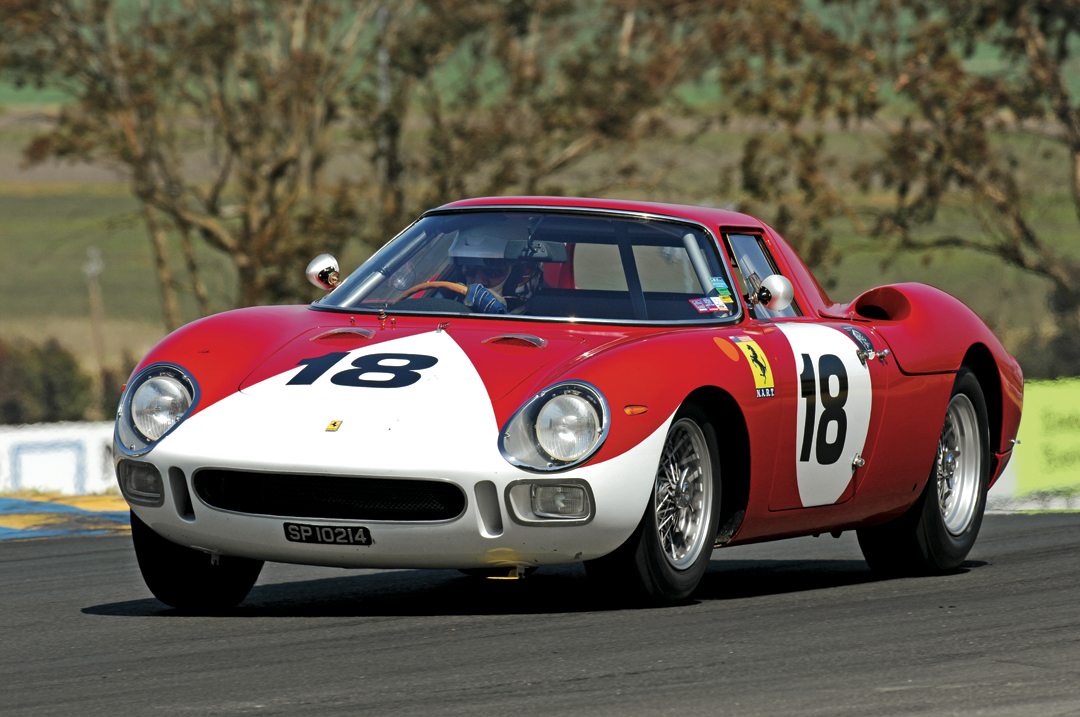The FIA sports prototypes were some of the most exciting purpose-built racing cars ever designed. They competed under the regulations set fourth by the FIA (Federation International Automobile) in the International Championship of Makes from 1964-1971, and the World Championship of Makes from 1972-1981. The regulations changed somewhat as the years passed, 5.0-liter engines then 3.0-liter engines, etc., but the concept remained the same. To allow manufacturers to design the most fascinating, technically advanced sports racing cars the world had seen. Then have them compete in a World Championship, which included racing in the great endurance races such as the Le Mans 24 Hours, Nürburgring, Spa and Monza 1000 Kilometers and the Targa Florio. Alfa Romeo, Alpine Renault, Ferrari, Ford, Lola, Matra and Porsche all designed very lightweight, successful sports prototypes to compete in the World Championship. From this came the Alfa Romeo, Tipo 33/12, Ferrari 512M, Ford GT40, Matra 670 and Porsche 917. They were driven by the world’s best drivers at a time when Formula One drivers still enjoyed driving in sports car races.
Today FIA sports prototypes qualify to race in many great historic events such as the Le Mans 24 Hour Classic, Classic Endurance Series and the Monterey Motorsports Reunion. Due to their technology, great design, eligibility and low production numbers, FIA sports prototypes have steadily been increasing in value.
No Subscription? You’re missing out
Get immediate ad-free access to all our premium content.
Get Started



